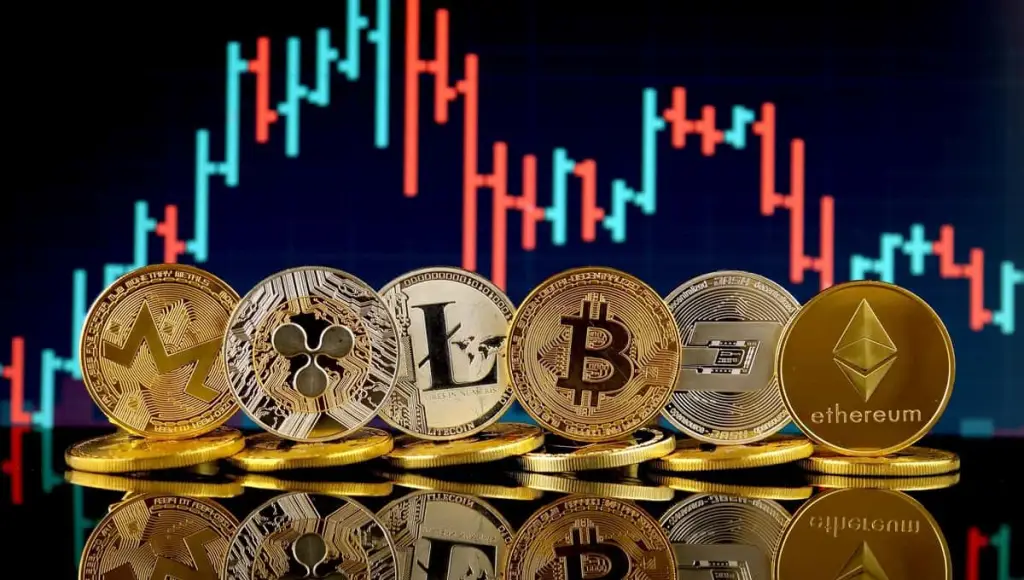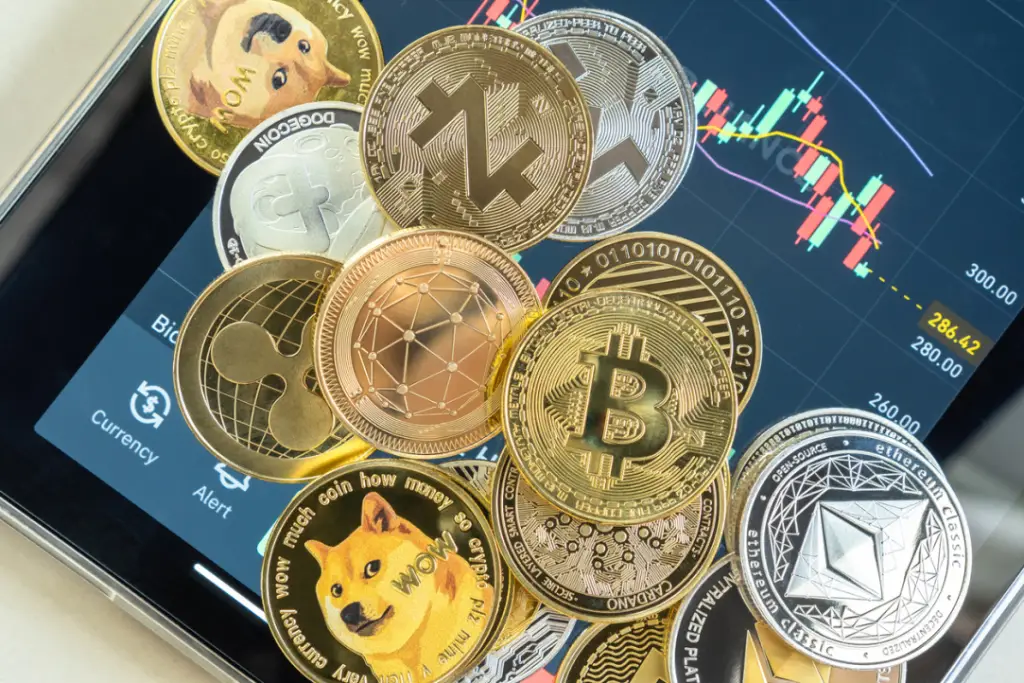The cryptocurrency market continues to grow rapidly, and with it, the number of exchanges. For traders and investors, reliability, liquidity, security, and trading conditions are crucial factors when choosing a platform. In 2025, the best cryptocurrency exchanges for trading offer advanced features, sophisticated analytical tools, and convenient methods for depositing and withdrawing funds. The platforms differ in several parameters: fees, available assets, protection of user assets, and user-friendliness of the interface.
ABCEX – An Innovative Platform
ABCEX stands out for its high level of security and strict regulation. The site is licensed by the FCA (Financial Conduct Authority) and regularly undergoes SOC 2 Type II audits, confirming the high level of user data protection.
Financial Conditions and Liquidity
In 2025, the cryptocurrency exchange will boast high liquidity thanks to partnerships with the best market makers. The average daily trading volume reaches $8 billion, making the platform one of the most popular among new market participants. Cryptocurrency trading on ABCEX is profitable due to low fees. The portal uses a taker-maker model, where makers pay 0.02% and takers pay 0.04%. Spot trading, derivatives, options, and P2P exchanges are available.
Functionality for traders and investors:
- Support for automated strategies via API.
- Futures trading with leverage of up to 125x.
- Investments section with the option of staking and liquidity farming.
Bybit is one of the most reliable crypto exchanges with advanced functionality.
 Bybit remains the flagship among active trading platforms. The exchange serves over 20 million users and offers enhanced security through two-factor authentication and cold storage of assets. Bybit supports over 500 trading pairs, including BTC/USDT, ETH/USDT, SOL/USDT, and popular altcoins. The average daily trading volume exceeds $15 billion.
Bybit remains the flagship among active trading platforms. The exchange serves over 20 million users and offers enhanced security through two-factor authentication and cold storage of assets. Bybit supports over 500 trading pairs, including BTC/USDT, ETH/USDT, SOL/USDT, and popular altcoins. The average daily trading volume exceeds $15 billion.

Orders and modes:
- Spot trading with fees starting at 0.01% for makers and 0.06% for takers.
- Futures with leverage of up to 100x.
- No fees for P2P cryptocurrency purchases.
Additional features:
- Launching pad for new projects where users can invest in promising tokens at early stages.
- Flexible deposits and fixed staking programs with returns of up to 15% per year.
- A platform for institutional investors with advanced reporting.
Bybit is a leading cryptocurrency exchange in 2025, offering the best conditions for traders, investors, and businesses.
BingX is a universal platform for active trading and copy trading
BingX has quickly established itself in the rankings of crypto exchanges. The portal boasts original features focused on automated trading and working with derivative financial assets. The exchange attracts both beginners and professional traders, offering a convenient platform, low fees, and advanced analytical tools.
BingX’s key feature is its advanced copy trading system. Users can follow the strategies of professional traders and automatically repeat their trades. This approach simplifies market entry for investors who lack in-depth knowledge of technical analysis. The site also offers a high level of automation, allowing users to create trading bots and adapt algorithms to operate in a high-frequency environment. This makes BingX one of the best cryptocurrency exchanges for trading in 2025.
Liquidity and Available Trading Assets
The platform supports over 350 cryptocurrencies, including Bitcoin, Ethereum, stablecoins, NFT tokens, and rapidly growing DeFi projects. The average daily trading volume exceeds $10 billion, ensuring high liquidity. The resource has a flexible commission system: a fixed rate of 0.02% applies to the spot market and 0.05% to the futures market. The exchange also offers the option to trade with leverage of up to 150x, which is especially attractive for those who prefer to interact with highly volatile markets with minimal investment.
Binance is the absolute leader in terms of trading volume and number of assets
Binance maintains its position as the world’s largest crypto exchange: record trading volumes, an advanced ecosystem, and a wide range of tools for earning money with digital assets. Daily trading volume exceeds $50 billion, and the total number of users exceeds 170 million. The platform supports over 600 cryptocurrencies, including Bitcoin, Ethereum, BNB, leading altcoins, and innovative Web3 tokens. Binance offers high liquidity, making it the ideal choice for traders dealing with large amounts of capital.
Trading Conditions, Commissions, and Investment Products
The platform offers a variety of trading instruments, including the spot market, futures, P2P transactions, options, and staking. Users can trade with leverage of up to 125x, which is attractive for speculators and active traders. Binance’s commission policy remains one of the most loyal in the industry. The base rate for spot trades is 0.1%, but can be reduced to 0.075% when using the BNB token. Binance is actively developing investment solutions. Launched products such as Launchpad to support promising projects, staking with returns of up to 20% per year, and liquidity farming provide participants with various ways to earn money in the crypto market.
The platform has a multi-level security system, including two-factor authentication, cold storage of assets, and protection against attacks. Binance is one of the top cryptocurrency exchanges of 2025 thanks to its transparent business policies, high liquidity, and a wide range of features for traders and investors.
OKX is a reliable platform with innovative tools
OKX is one of the top 5 largest cryptocurrency exchanges of 2025, offering the best system for trading, investing, and decentralized finance solutions. The average turnover on the platform exceeds $12 billion per day. The exchange offers a multi-level security system, including encryption mechanisms for user data, multi-factor authentication, and the storage of most assets in cold wallets.
Financial Instruments and Commissions
OKX offers flexible trading conditions, including leverage of up to 100x, minimal fees, and fast transactions. Fees start at 0.02% on the spot market, with rates decreasing during periods of high trading volume. The exchange supports fee-free P2P transactions, making it one of the best cryptocurrency exchanges with fiat withdrawals in 2025. The platform is also actively developing an NFT marketplace that offers participants exclusive collections of digital assets and support for blockchain technologies.
Conclusion
 Choosing the best cryptocurrency exchange in 2025 depends on the user’s goals, trading strategy, and educational level. The platforms presented in the review offer a variety of options: some are aimed at institutional clients and professional traders, others provide convenient conditions for beginners, and still others offer innovative tools for automated trading.
Choosing the best cryptocurrency exchange in 2025 depends on the user’s goals, trading strategy, and educational level. The platforms presented in the review offer a variety of options: some are aimed at institutional clients and professional traders, others provide convenient conditions for beginners, and still others offer innovative tools for automated trading.
 en
en  de
de  ar
ar  es
es  nl
nl  hi
hi  fr
fr  it
it  pt
pt  el
el 








